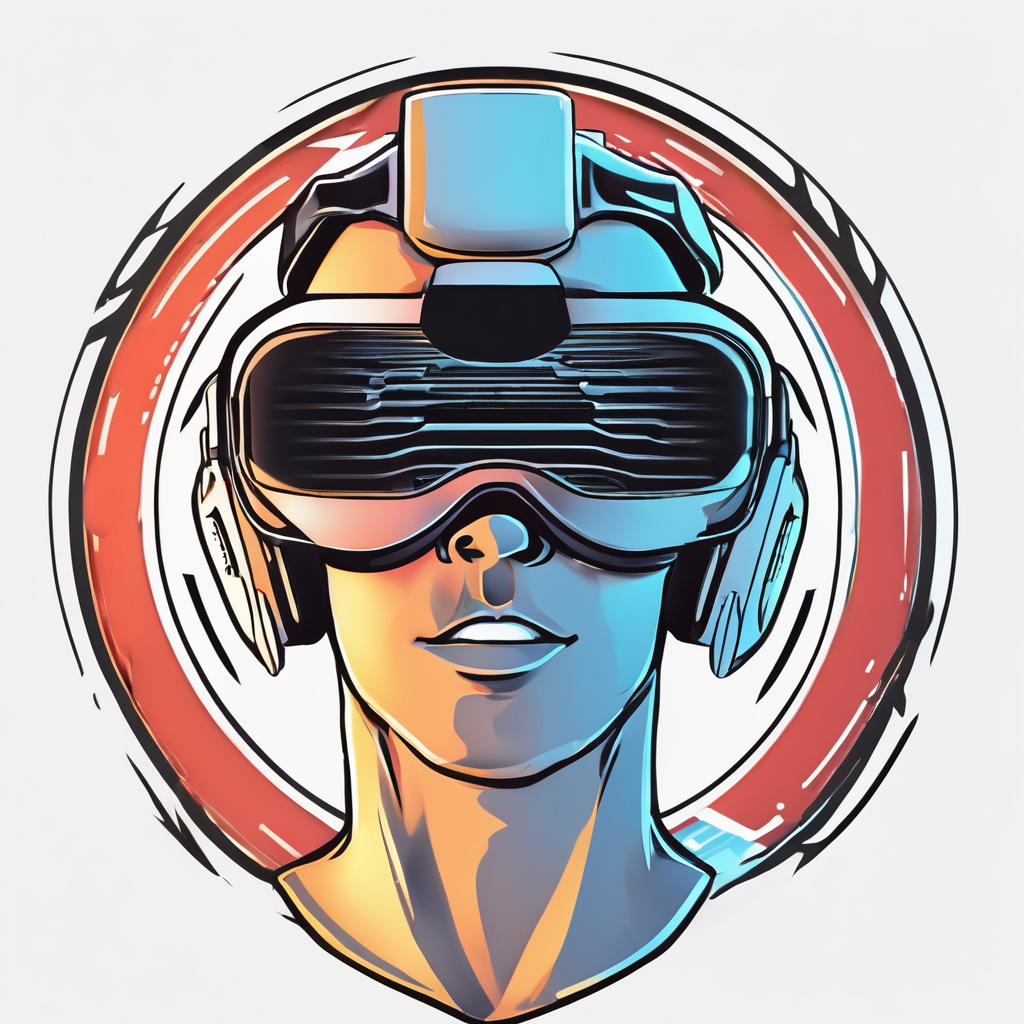In the ever-evolving sphere of game development, real-time ray tracing is emerging as a revolutionary technique that can drastically enhance the realism of games. It is particularly impactful in augmenting the authenticity of reflective surfaces in racing games, offering a gaming experience that is more immersive and visually stunning. But, what exactly is real-time ray tracing, and how does it enhance the authenticity of reflective surfaces in racing games? In this detailed analysis, we delve into the nuts and bolts of real-time ray tracing, explaining its capabilities, advantages, and its transformative effect on the world of racing games.
Understanding the concept of real-time ray tracing
To comprehend how real-time ray tracing enhances the realism of reflective surfaces in racing games, it is crucial first to understand what this cutting-edge technology involves.
This might interest you : What are the benefits of using neural networks for real-time object recognition in AR games?
Real-time ray tracing is a rendering technique that traces the path of light as pixels, simulating the way light interacts with virtual objects. This high-fidelity technique mimics the real-world behavior of light, enabling images to have realistic reflections, refractions, and shadows. Unlike traditional rendering methods that use rasterization, real-time ray tracing provides a more in-depth level of detail and visual accuracy.
In the context of racing games, real-time ray tracing can significantly enhance how reflective surfaces, such as car bodies and wet roads, interact with light. The technology allows for real-time reflections that change dynamically as the player moves, thus creating a more authentic and immersive experience.
Additional reading : What are the best practices for designing intuitive gesture controls for AR games?
The impact of real-time ray tracing on the realism of reflective surfaces
Now that we have demystified what real-time ray tracing is, let’s dive into how it augments the authenticity of reflective surfaces in racing games.
When applied to racing games, real-time ray tracing offers a level of detail and realism that was previously unattainable. The reflection on the surface of a car, for instance, can show the world around it in real-time. This means that if a player zooms past a row of trees or a collection of other cars, those objects will reflect accurately on the car’s surface. Similarly, the wet asphalt after a shower will glisten with an unprecedented level of detail, enhancing the player’s immersion.
Moreover, the lighting and shadows in racing games are drastically improved with real-time ray tracing. The play of light and shadow on a car’s surface can change dynamically with the movement of the car or the shifting of the sun, thus creating a more visceral and engaging experience.
Advantages of using real-time ray tracing in racing games
Using real-time ray tracing in racing games brings a plethora of advantages. The technology does not merely make the games look better; it also significantly enhances the overall gaming experience.
One of the critical benefits of real-time ray tracing is the increased level of immersion. The enhanced realism can make players feel like they are genuinely driving a car on a race track, taking the gaming experience to a whole new level.
Furthermore, real-time ray tracing can make racing games more challenging and exciting. As the reflections on the car’s surface are dynamic and change in real-time, they can provide valuable visual cues to the players. For instance, seeing a rival car closing in on the reflection can alert the player, adding an extra layer of strategy and competitiveness to the game.
Real-time ray tracing: Transforming the future of racing games
Real-time ray tracing is not just a fleeting trend; it is shaping the future of racing games. Developers worldwide are increasingly leveraging this advanced technology to create games that boast of stunning visuals, immersive gameplay, and realism like never before.
Despite the current limitations, such as the need for high-end hardware to support real-time ray tracing, the technology is evolving at a rapid pace. In the years to come, we can expect real-time ray tracing to become more accessible and prevalent, unlocking new possibilities for enhancing the realism of reflective surfaces in racing games.
In conclusion, real-time ray tracing is a revolutionary technology that is transforming the landscape of racing games. By enhancing the realism of reflective surfaces, it is creating a more immersive and visually stunning gaming experience.
How real-time ray tracing enhances racing game development
To further comprehend the impact of real-time ray tracing in racing games, it’s crucial to delve deeper into how it influences game development.
Real-time ray tracing has emerged as a game-changer in the realm of racing game creation. In the past, developers often struggled to capture the intricate details of reflective surfaces. They had to rely on pre-baked reflections, which could not adjust dynamically to the changing environment of a racing game. This often resulted in static and unrealistic reflections, compromising the overall gaming experience.
However, with the advent of real-time ray tracing, developers now have a powerful tool at their disposal that can accurately simulate the behavior of light. This includes the detailed reflection of the surrounding environment on the surfaces of cars and the realistic portrayal of wet pavements glistening under the sunlight or city lights.
The technology’s capacity to render dynamic reflections in real-time means that every moving element in the game—be it other vehicles, buildings, trees, or even the shifting position of the sun—can be realistically reflected on the surface of race cars or the road. This dynamic reflection adds a new level of complexity and realism to racing games, giving players a more immersive and engaging experience.
Moreover, real-time ray tracing enables developers to create more visually appealing and authentic night scenes. The technology can accurately depict how artificial lights reflect and refract on different surfaces, adding depth and realism to the overall visual aesthetics of the game.
The potential of real-time ray tracing: Looking ahead
As we look into the future, the potential of real-time ray tracing in enhancing the realism of reflective surfaces in racing games is immense.
While the technology is currently confined to high-end hardware, advancements in computing power and rendering techniques are expected to make real-time ray tracing more accessible. As hardware becomes more affordable and widespread, a larger number of game developers will be able to leverage this technology, leading to more games that offer highly immersive and realistic experiences.
Moreover, as developers continue to experiment with real-time ray tracing, we can anticipate new and innovative applications of this technology. It may revolutionize not only the visual aspects of games but also their mechanics. For instance, real-time reflections could be used strategically in gameplay, providing players with valuable information and adding an extra layer of challenge to the game.
In conclusion, real-time ray tracing is a groundbreaking development in the world of game technology. By transforming the way reflective surfaces are depicted in racing games, it offers a more immersive and visually stunning gaming experience. As the technology evolves and becomes more accessible, we can expect a new era of racing games marked by unprecedented levels of realism and immersion.











